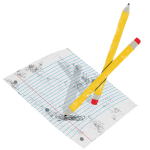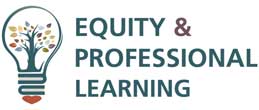History/Social Science Professional Learning
Goals:
- To clearly define what students need to know and be able to do with History/Social Science content, and to instruct and assess students accordingly at each grade level.
- To assure that our instruction is an important step forward in our ongoing commitment to ensure that all California students are prepared for college, twenty-first century careers, and citizenship.
- To ensure our instruction models the diversity of our great state of California, with a great emphasis on inquiry; it is designed with the assumption that literacy and skill development are collaborative enterprises, and adds considerable information on civic learning, consistent with the work of the California Task Force on K–12 Civic Learning.
Instructional Materials:
- Elementary: Harcourt School Publishers, Reflections
- Middle School: 6-8th Grade, McDougal Littell
- High School: 10-12th Grade, Prentice Hall
Coming soon: New textbook pilot and K-12 textbook adoption cycle beginning in the 2023-2024 school year.
Framework:
The State Board of Education adopted the History-Social Science Framework on July 14, 2016. Curriculum frameworks provide guidance to educators, parents, and publishers, to support implementing California content standards.
Standards:
- Kindergarten Through Grade Twelve, adopted by the State Board of Education and are the basis for the curriculum framework. (1998)
Materials:
- California Department of Education External Resources
- 2017 History–Social Science Instructional Materials Adoption (K–8)
- Supplemental:
- DBQ Project, “The DBQ Project 6-Step Method underpins the design of all our DBQs and Mini-Qs. Each step builds on students’ curiosity and increases motivation and confidence to answer a compelling, authentic question.”
- SHEG Reading Like a Historian, Stanford History Education Group (SHEG)
- AVID The Write Path
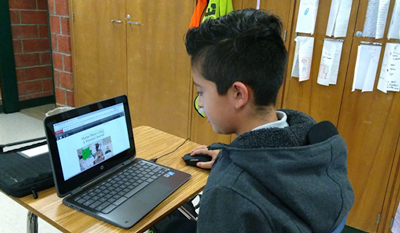
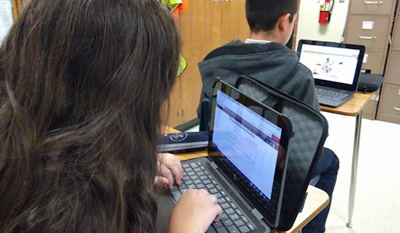
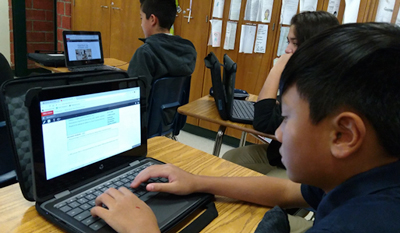
This curriculum teaches students how to investigate historical questions by employing reading strategies such as sourcing, contextualizing, corroborating, and close reading. Instead of memorizing historical facts, students evaluate the trustworthiness of multiple perspectives on historical issues and learn to make historical claims backed by documentary evidence. To learn more about how to use these lessons, watch a series of videos about how teachers use these materials in their classrooms on the Teaching Channel.
DBQ Project method:
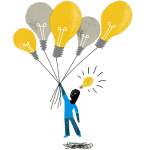
Step 1: The Hook Exercise
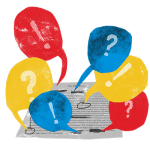
Step 2: The Background Essay
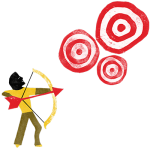
Step 3: Understanding the Question and Pre-bucketing

Step 4: Analyzing the Documents
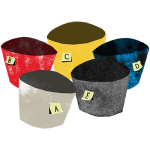
Step 5: Bucketing
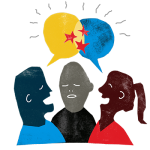
Step 6A: The Thrash-Out and Preparing to Write
